详细说明
Purity
>95%, by SDS-PAGE under reducing conditions and visualized by silver stain
Endotoxin Level
<0.10 EU per 1 μg of the protein by the LAL method.
Activity
Measured by the ability of the immobilized protein to support the adhesion of U‑87 MG human glioblastoma/astrocytoma cells. The ED 50 for this effect is 1-5 μg/mL.
Source
Chinese Hamster Ovary cell line, CHO-derived Cys19-Ser375, with a C-terminal 6-His tag
Accession #
N-terminal Sequence
AnalysisCys19
Predicted Molecular Mass
40.9 kDa
SDS-PAGE
55-66 kDa, reducing conditions
6494-GP |
| |
Formulation Lyophilized from a 0.2 μm filtered solution in PBS. | ||
Reconstitution Reconstitute at 500 μg/mL in PBS. | ||
Shipping The product is shipped at ambient temperature. Upon receipt, store it immediately at the temperature recommended below. | ||
Stability & Storage: Use a manual defrost freezer and avoid repeated freeze-thaw cycles.
|
Background: GPR111
GPR111, also known as PGR20, is an approximately 70 kDa member of the LN-7TM family of adhesion G protein-coupled receptors. Like other LN-7TM family proteins, it contains an extended N-terminal extracellular region followed by a series of seven transmembrane (TM) segments and a short C-terminal cytoplasmic tail (1, 2). The N-terminal domain contains a mucin-like stalk and a juxtamembrane region that resembles the GPS motif found in other LN-7TM proteins. The GPS motif is a component of the conserved GAIN domain which mediates the autoproteolysis and shedding of a wide range of proteins including LN-7TM proteins (3). The GPS-like motif in GPR111, however, is divergent from the consensus motif and does not appear to be cleavable (3, 4). Alternative splicing of human GPR111 generates a long isoform with a 92 aa substitution for the N-terminal 24 residues as well as a 19 aa substitution in the final TM segment and cytoplasmic tail. This recombinant protein product corresponds to the N-terminal extracellular domain of the shorter isoform (aa 19-375). Within this region, human GPR111 shares approximately 68% aa sequence identity with mouse and rat GPR111. GPR111 is expressed in squamous epithelia of the skin, esophagus, tongue epidermis, and stomach (4).
References:
Fredriksson, R. et al. (2002) FEBS Lett. 531:407.
Bjarnadottir, T.K. et al. (2004) Genomics 84:23.
Arac, D. et al. (2012) EMBO J. 31:1364.
Promel, S. et al. (2012) Dev. Dyn. 241:1591.
Long Name:
G-Protein-Coupled Receptor 111
Entrez Gene IDs:
222611 (Human); 435529 (Mouse); 301269 (Rat)
Alternate Names:
G protein-coupled receptor 111; GPR111; PGR20







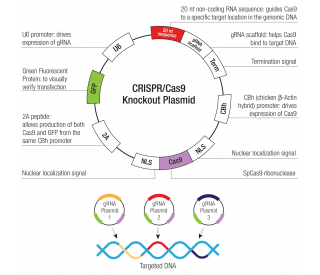
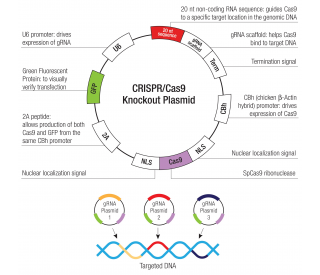
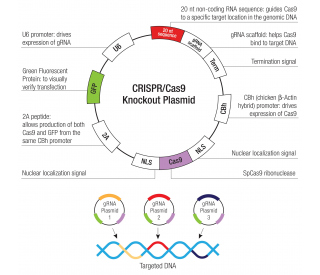
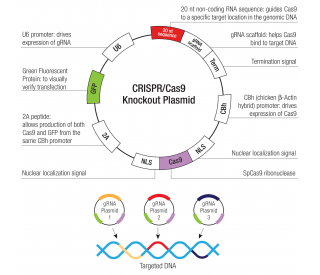
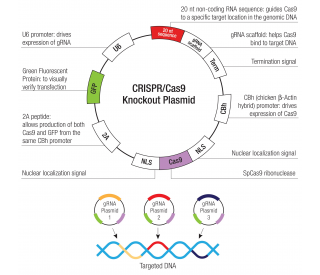
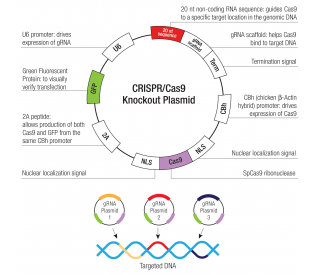



 粤公网安备44196802000105号
粤公网安备44196802000105号